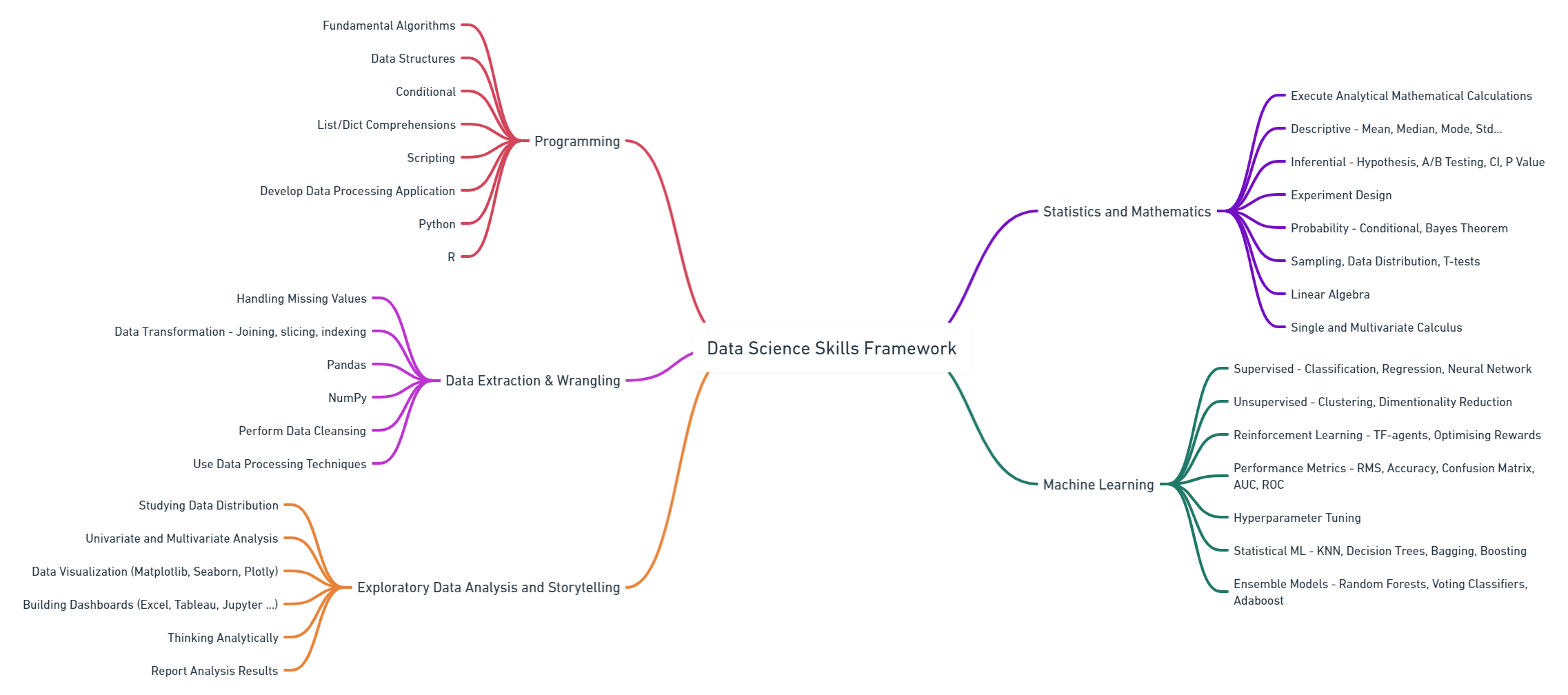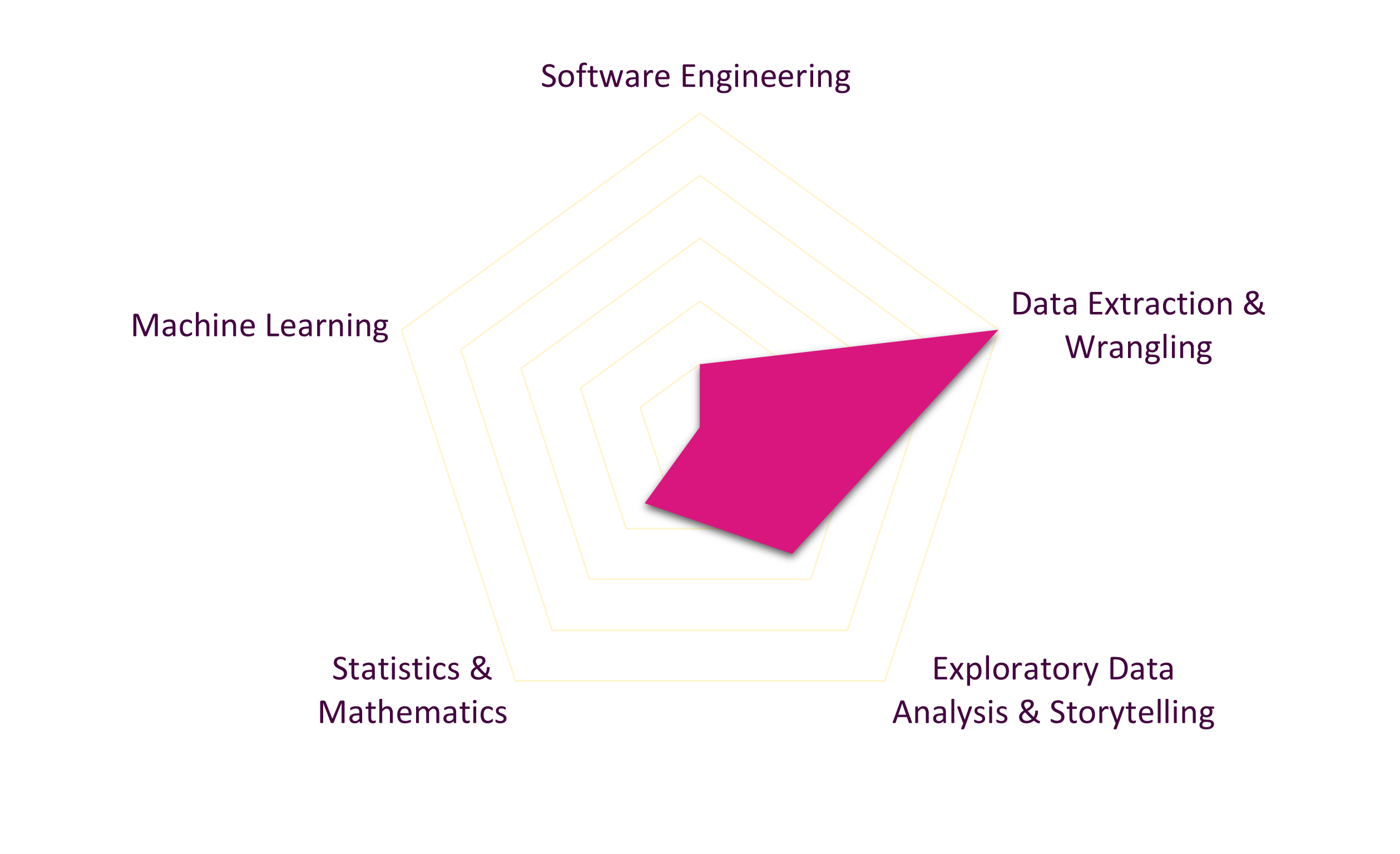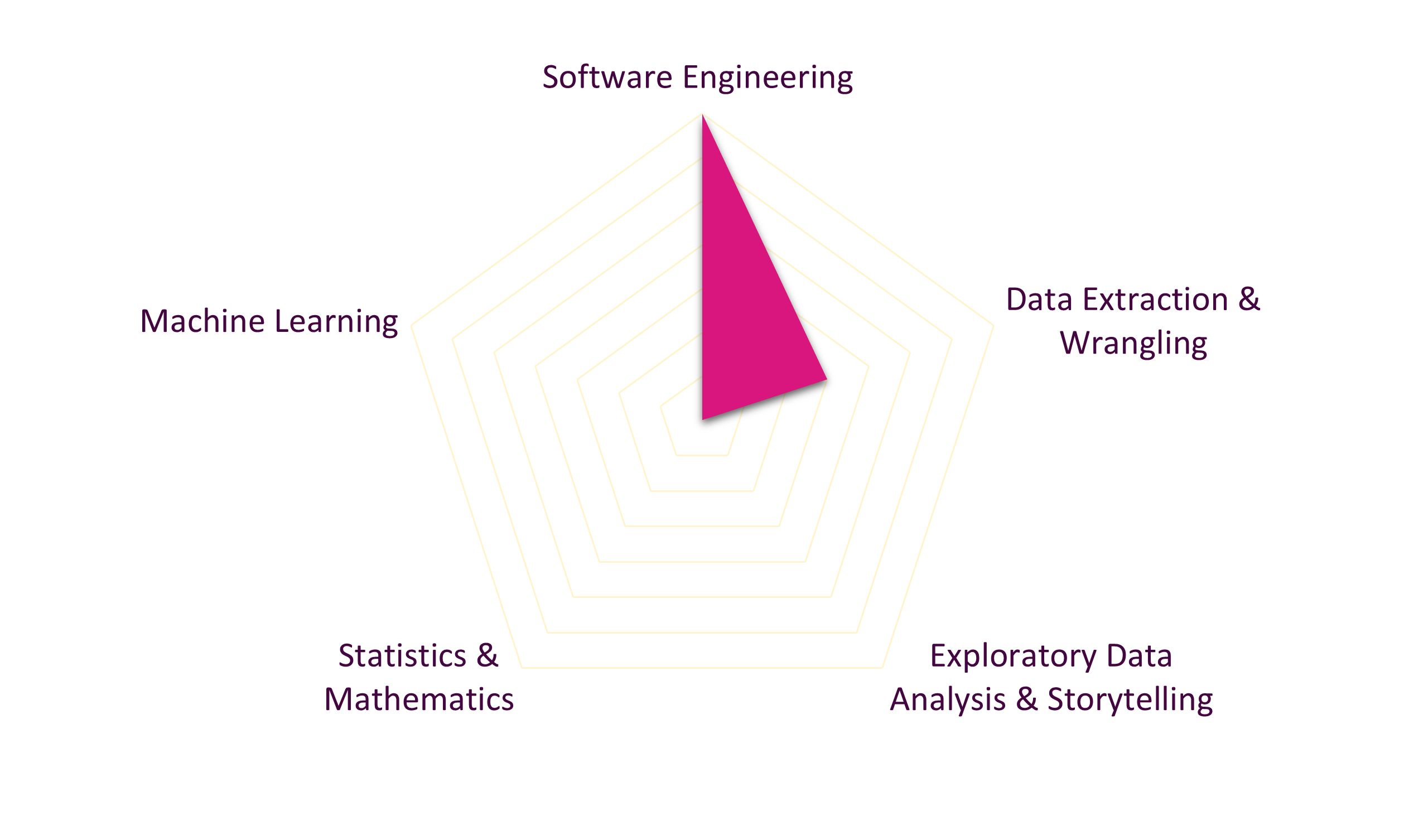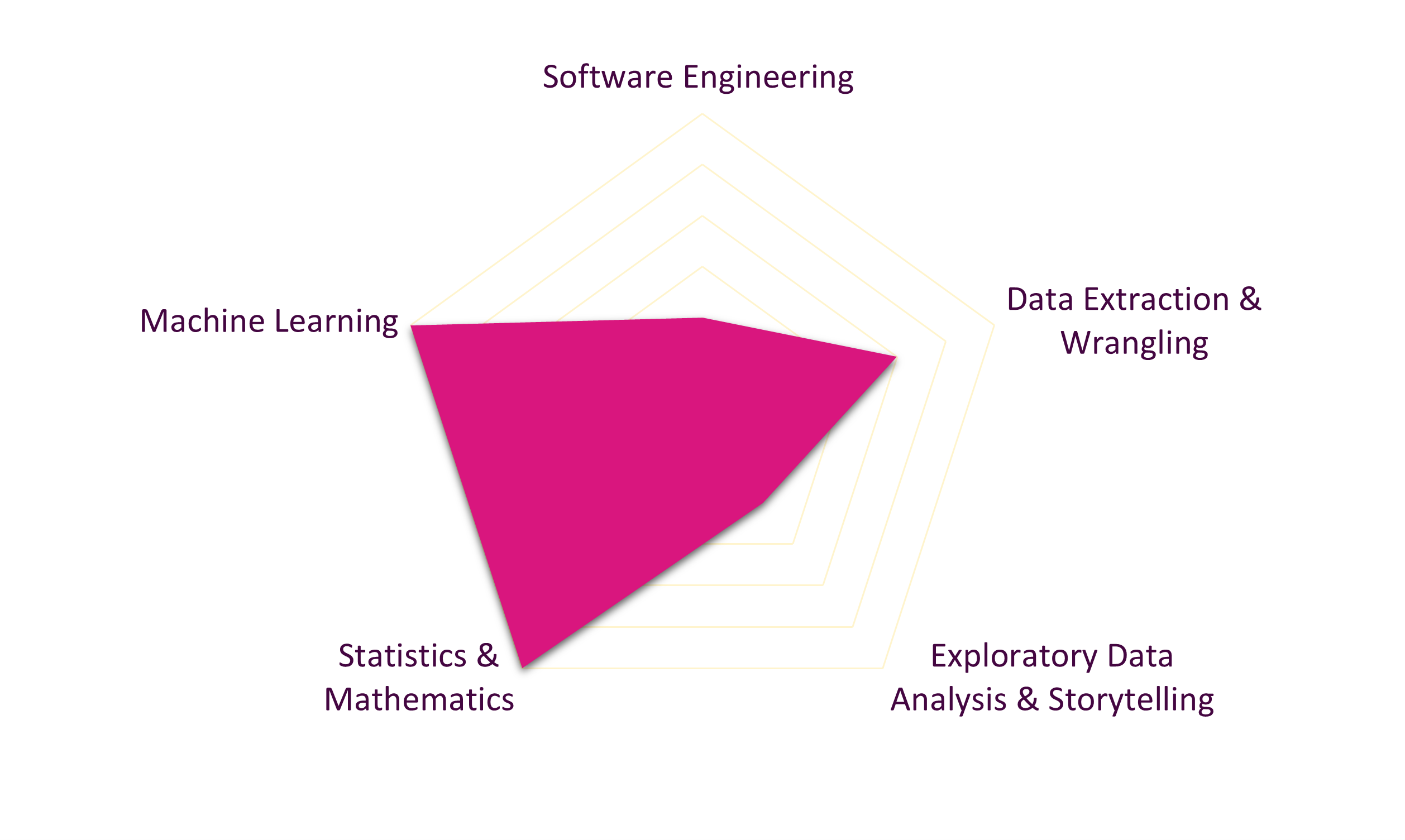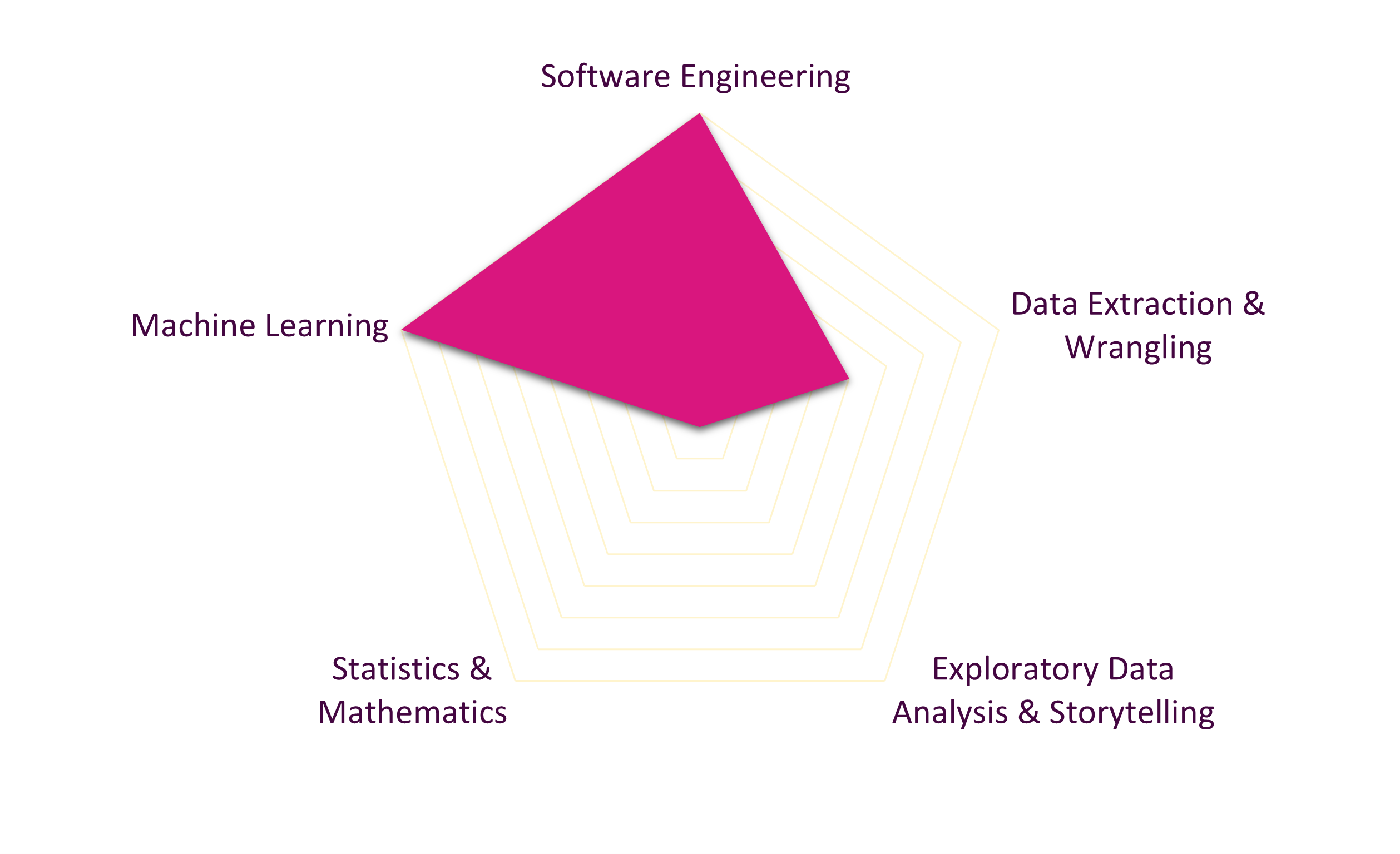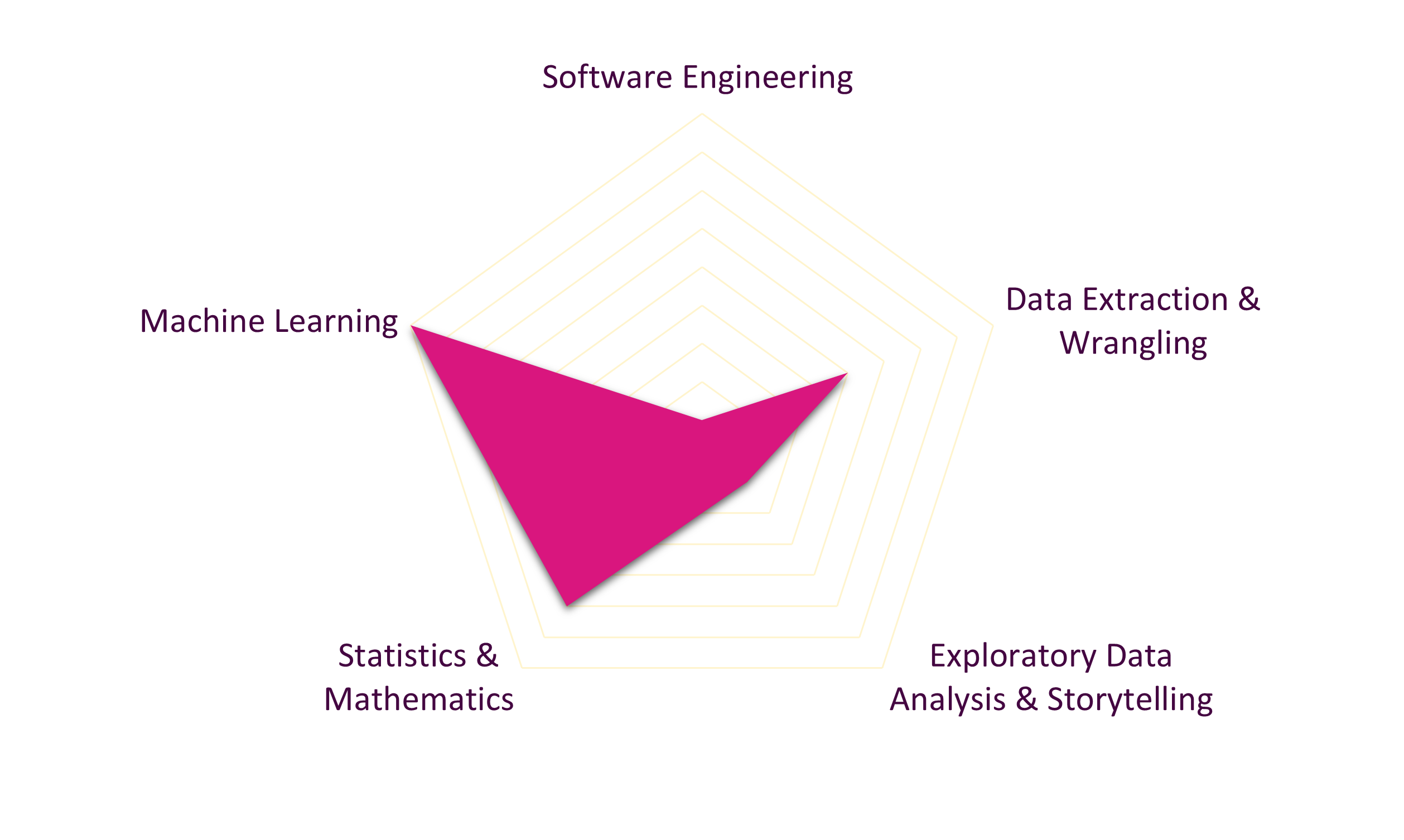Data science career paths have seen a big boost recently. If you’ve heard of DALL-E, GPT-3, LaMDA, AlphaFold, Copilot, Gopher, etc, you know that data & AI is gaining incredible momentum. But, in the grand scheme of things, it is still in its infancy. Just 10 years ago, you couldn’t even talk about data science career paths – ‘Data Scientist’ was an obscure job title and educational degrees were few and far in between.
We’ve come a long way in a short time. Data science careers are now some of the hottest in the market. From innovative startups that are reimagining the world to massive enterprises that maintain it structured – data is everywhere and organisations know that converting data into insight means power.
This increased demand for people, compounded by the increasing breadth of applications across industries, leads to an interesting phenomenon: everyone has a different opinion about what a data science career means. We’ve launched this resource to shine a light on the exciting world of data science and explore the the nature & evolution of roles in the space. This is a living document that we will keep updating as things change in industry.
From studying large scale projects and conducting interviews, we have identified 3 core roles. We have also developed a skills framework to categorise and group the main skills. We then use the skills framework to dissect the core roles and explore two other, rapidly emerging ones.
Core Data Science Roles
Data engineering, data analysis and data science are the three core data roles. They all imply different responsibilities and skills, and each of them plays a distinct role in shaping how data is used within an organization.
A data engineer works continuously on the backend to improve data pipelines and ensure that the data the organization relies on is accurate and available. Data engineers use a range of tools to ensure the data is processed correctly and that the right data is available to anyone who needs it.
A data analyst extracts a new data set using a custom API, built by the data engineer, and identifies trends in the data. Analysts summarize their results, often using visualization methods, and communicate them to teammates and other stakeholders to support decision making.
Finally, the data scientist is responsible for extracting insights from data in response to problems. They often work with analysts’ and to build on their initial findings. Whether by creating algorithms, training machine learning models, or running advanced statistical analyses, the data scientist turns raw data into meaningful information to improve processes and decisions.

